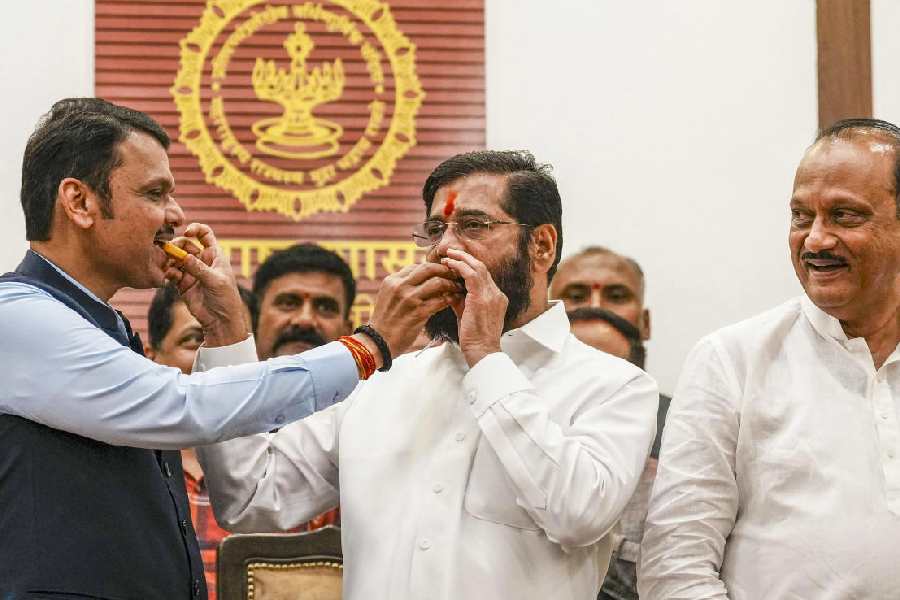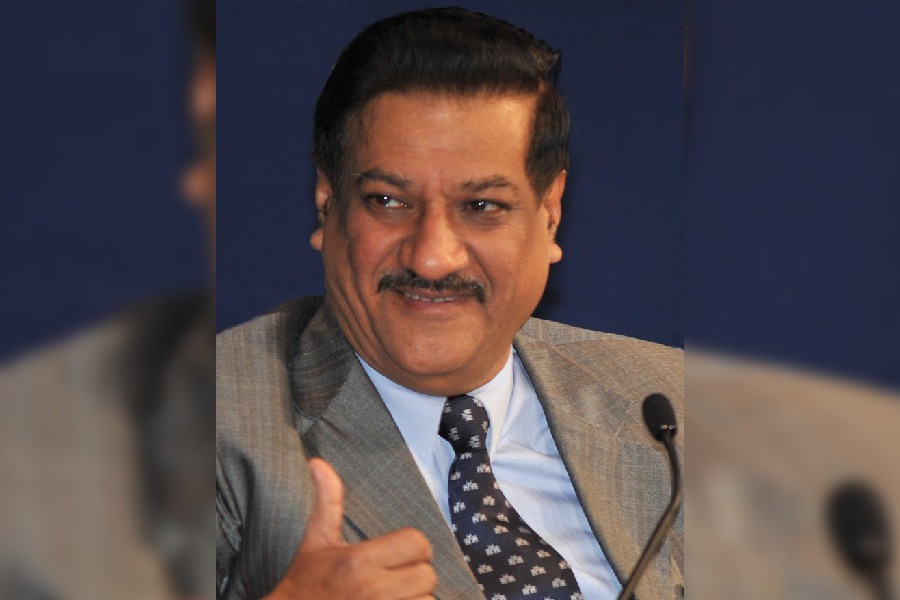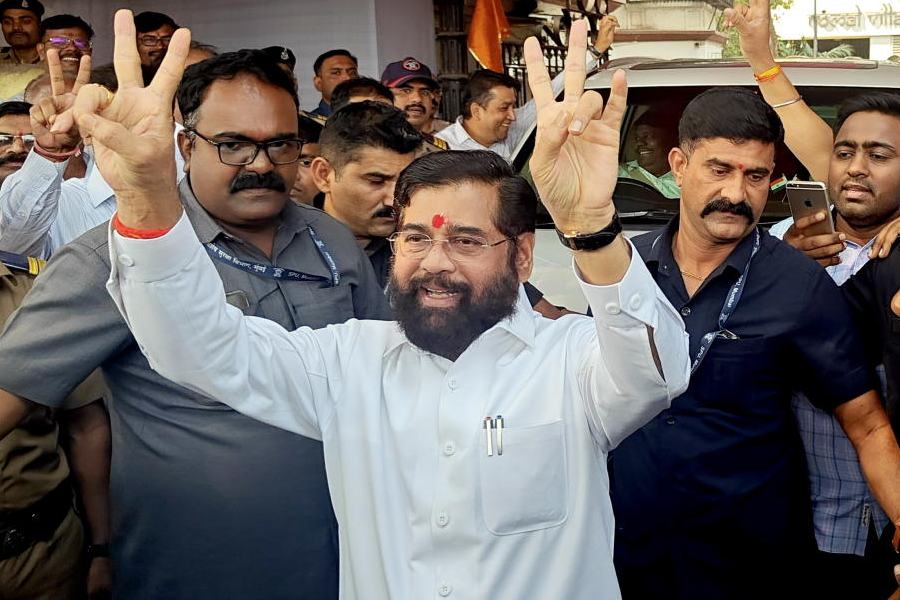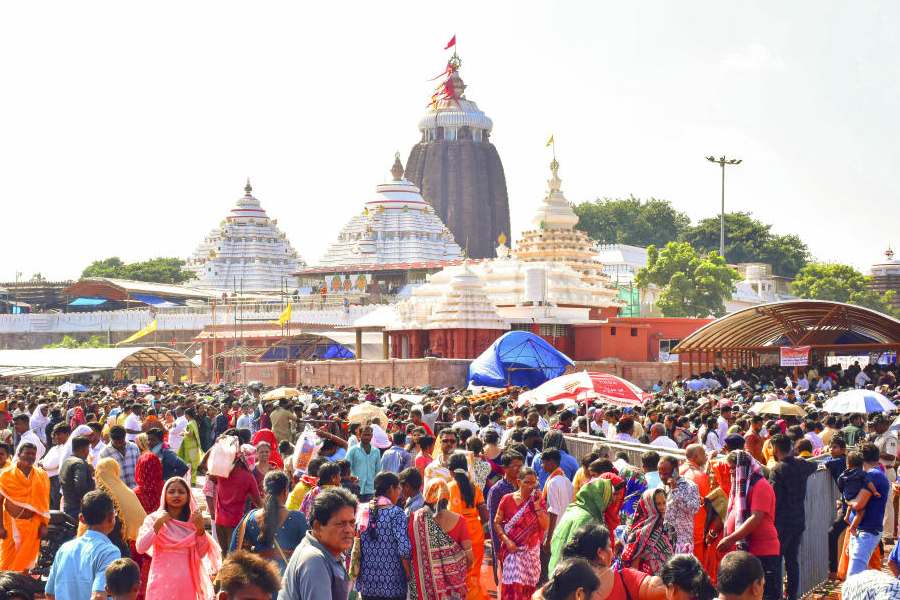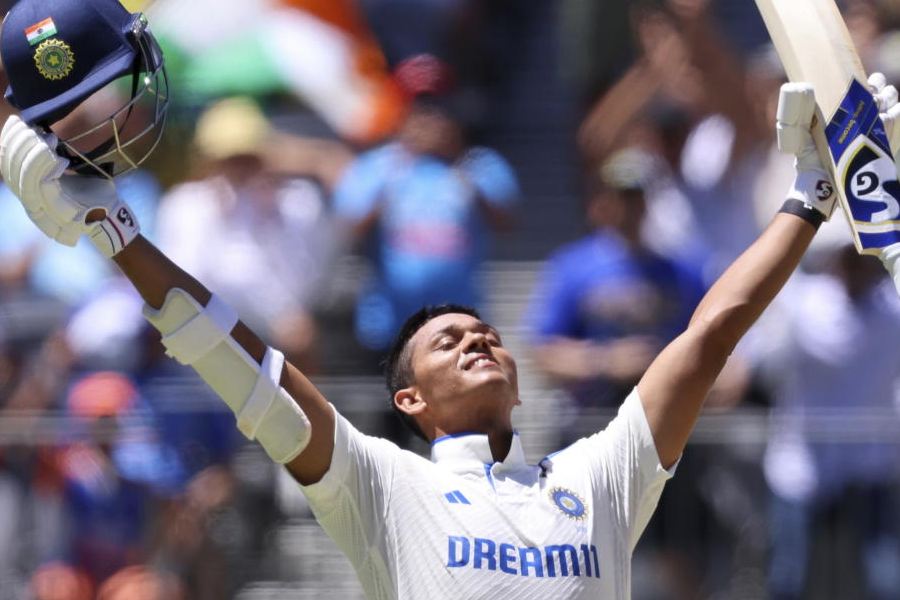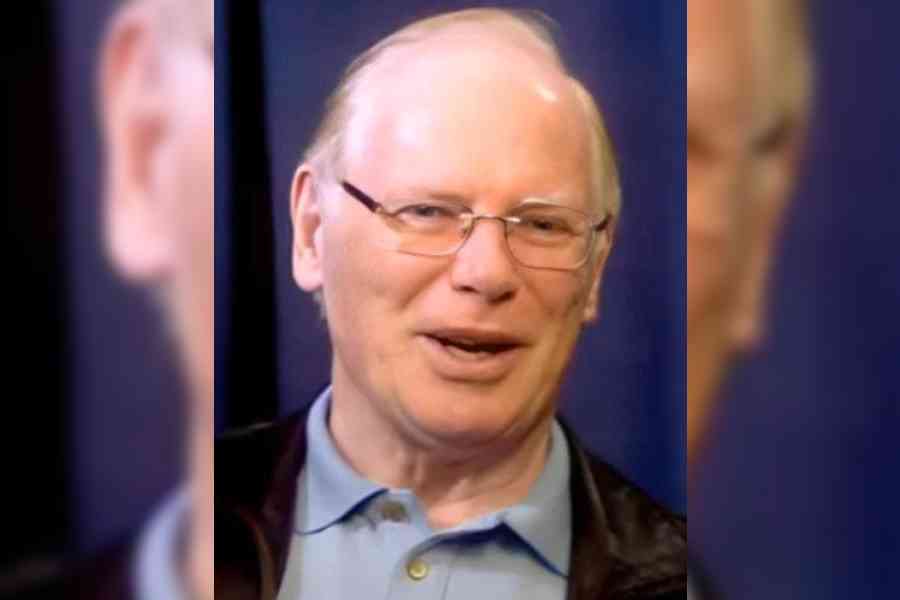The Maharashtra voter on Saturday handed the BJP-led Mahayuti a landslide win, the most critical verdict since the general election allowing Prime Minister Narendra Modi to wrest back the advantage from an Opposition that had waylaid him this summer.
The ruling alliance has cruised back to power on puffed sails, its challengers appear to have lost all wind.
The INDIA bloc’s hopes of reviving the momentum of the Lok Sabha polls, pricked by the BJP’s surprise victory in the October Haryana polls, was blown away by a stunning saffron surge at the home and backyard of India’s financial capital.
The Opposition retained Jharkhand, looking likely to corner a two-thirds majority of the 81 seats. But it seemed like a consolation prize in the face of the BJP-led Mahayuti’s rampage in Maharashtra, where it was poised to comfortably win 230 of the 288 seats.
Saturday’s results mark a BJP revival of sorts in the country’s two most populous states, Uttar Pradesh and Maharashtra, which had played equally significant roles in wrecking the party’s ambitions in the general election five months ago.
By-elections to nine Assembly constituencies in Uttar Pradesh saw the BJP-led alliance winning seven, restricting the Samajwadi Party — which held five of these seats — to two.
In Maharashtra, the numbers appeared to leave even the BJP managers shocked. The BJP had by late evening won or led from 132 of the 148 seats it had contested.
The Mahayuti’s vote share was nearly 50 per cent. The scale of the Maha Vikas Aghadi’s (MVA) decimation has been such that none of the three partners — the Congress, Uddhav Thackeray’s Shiv Sena and Sharad Pawar’s NCP — looked likely to have the numbers (10 per cent of the Assembly’s strength) to claim the leader of the Opposition’s post.
The Congress seemed headed to win about 15, the Shiv Sena (Uddhav) 20 and the NCP (Sharad Pawar), about 10. The results are likely to have implications beyond Maharashtra, with the ripples reaching Delhi.
One of the questions that will be asked is, will Modi now regain the swagger he had lost after the general election denied his party a majority?
Another is, was it the “Modi factor” that worked the Maharashtra magic? Or was the victory due mainly to the RSS — which had pulled out the stops for a saffron win in the state where it is headquartered — and would allow the ideological parent to foreground the “sangathan” (organisation) to the disadvantage of the Modi cult? Will Devendra Fadnavis, the RSS pick for the chief minister’s chair, now become unstoppable?
The Opposition bloc too faces crucial questions given the shattering defeat just months after it had stumped the Modi machinery, winning 30 of the 48 Lok Sabha seats in the state. Did the MVA pay for its complacency and its failure to focus on people’s day-to-day economic issues?
Modi and his party now have just the impetus to beat back — inside and outside Parliament — the INDIA bloc that had been preparing to corner the government with the “Modani” tag, revived after US prosecutors charged businessman Gautam Adani with multiple counts of fraudand bribery.
The Prime Minister’s managers will now claim that the Lok Sabha reverses were an aberration, caused by the Opposition’s “fake Constitution-in-danger propaganda”, and that Modi continues to be the “Number One Leader”.
Yet the Maharashtra stunner cannot be credited entirely to Modi. The Prime Minister addressed just nine rallies, a small number in the context of the size of the state. In Haryana, too, the BJP had won a shock victory without Modi in the lead.
Perhaps, Maharashtra should be seen as a team effort by the wider BJP-RSS machinery. Modi himself seemed to provide an acknowledgment of sorts in a tweet.
“Development wins! Good governance wins! United we will soar higher!” he posted on X.
After a subdued involvement in the Lok Sabha polls, the RSS had hurled itself into the Maharashtra effort, mobilising different communities and strategising in coordination with the BJP. It’s apparently the RSS that suggested the Hindutva pincer attack by Yogi Adityanath and Modi with their respective slogans of “Batenge toh katenge” and “ek hain toh safe hain”.
The BJP had pushed the slogans despite strong objections from allies Shiv Sena and the NCP. On Saturday, BJP sources said the Hindutva card had helped level the deep caste divisions that had hobbled the party in the general election.
Asked whether the RSS can now get the BJP to grab the chief minister’s post for Fadnavis, a party insider said this was a strong possibility. But he would not rule out a tactical retreat with elections to the cash-rich Mumbai civic body coming up, where the BJP would need its allies’ wholehearted support.
A Fadnavis confidant in Mumbai, however, said the deputy chief minister had been the face of the Maharashtra campaign and couldn’t be denied. “The BJP is close to the majority mark of 145 on its own. How can the leadership be given away to (Eknath) Shinde?”
Fadnavis has been diplomatic: “My role is very small in this victory. The team effort has won.... Amit Shahji had clearly said that after the results, the leaders of the three Mahayuti partners will sit and decide.”
A complacent MVA appears to have taken victory for granted after its stellar showing in the Lok Sabha polls. When the Mahayuti government launched the Ladki Bahin cash dole of ₹1,500 a month for poor women, MVA leaders openly castigated it. As the scheme gained wide popularity, the MVA did a pirouette close to the elections and promised a bigger dole of ₹3,000.
The Ladki Bahin scheme is being seen as the game changer in Maharashtra. A similar dole seems to have boosted the JMM-led alliance in Jharkhand.
Rahul Gandhi in his eight rallies focused disproportionately on the “Constitution in danger” line and the demand for a caste census. Assembly voters wondered how a state government could change the Constitution, and the Mahayuti went all out to assure Dalit and tribal voters that the Constitution-in-danger claim was a “fake narrative”, anyway.
Rahul did not focus on the bread-and-butter issues of the middle class or the soybean and cotton farmers’ anger at poor prices.
Veteran Sharad Pawar, who was supposed to anchor the MVA, remained locked in his western Maharashtra turf to try and fight off the challenge from his nephew Ajit, who had split the NCP. But Pawar’s efforts too were washed away in the saffron surge.
‘Maha mantra’
The bluster of “Modi hai to mumkin hai” was revived riding the historic Maharashtra victory. “Ek hain to safe hain. Modi hai to mumkin hai. (If united, we are safe. It’s possible with Modi),” posted BJP’s Maharashtra face, Devendra Fadnavis, as the trends post noon confirmed a saffron resurgence.
Addressing party workers at the BJP headquarters, Modi raised the “Ek hain to safe hain” slogan multiple times and claimed that it had emerged as a “Maha mantra” of the country, rejecting the Congress’s conspiracy to divide the society on caste and communal lines.
He also said that the waqf law was an example of Congress’s appeasement politics. “Baba Saheb’s Constitution has place for a waqf board,” Modi said, accusing the party of handing key properties in Delhi to the waqf board before they lost power in 2014.

